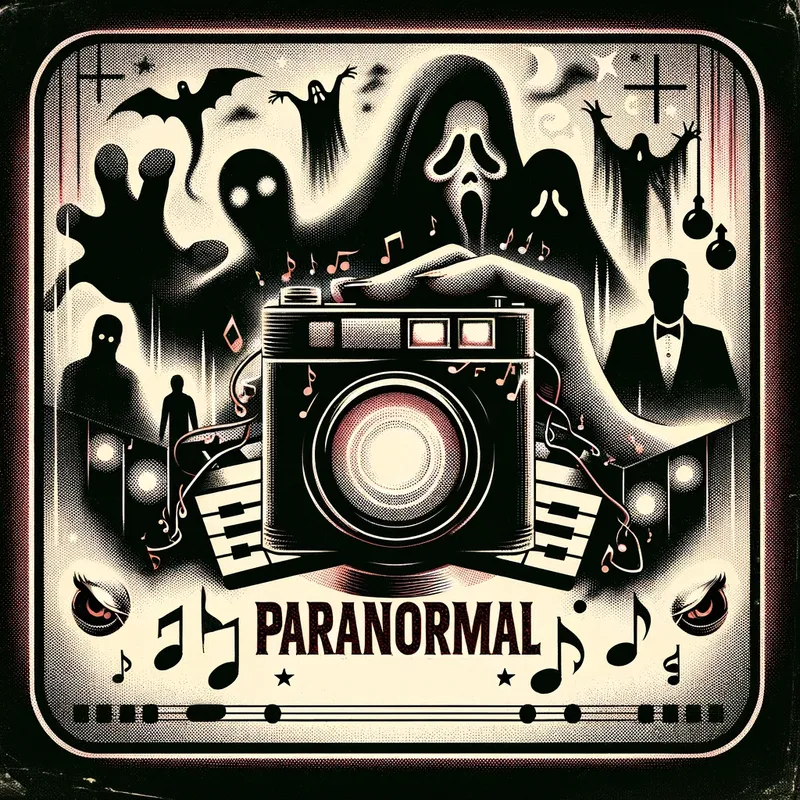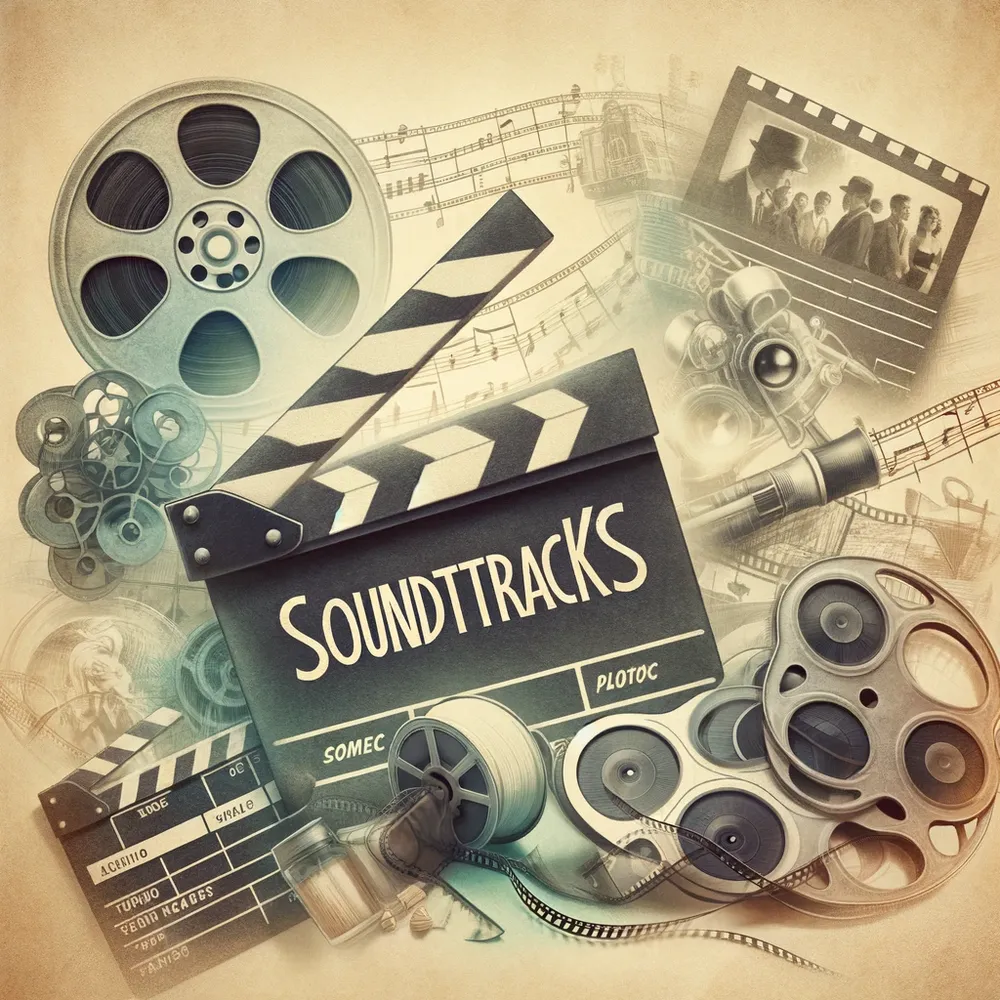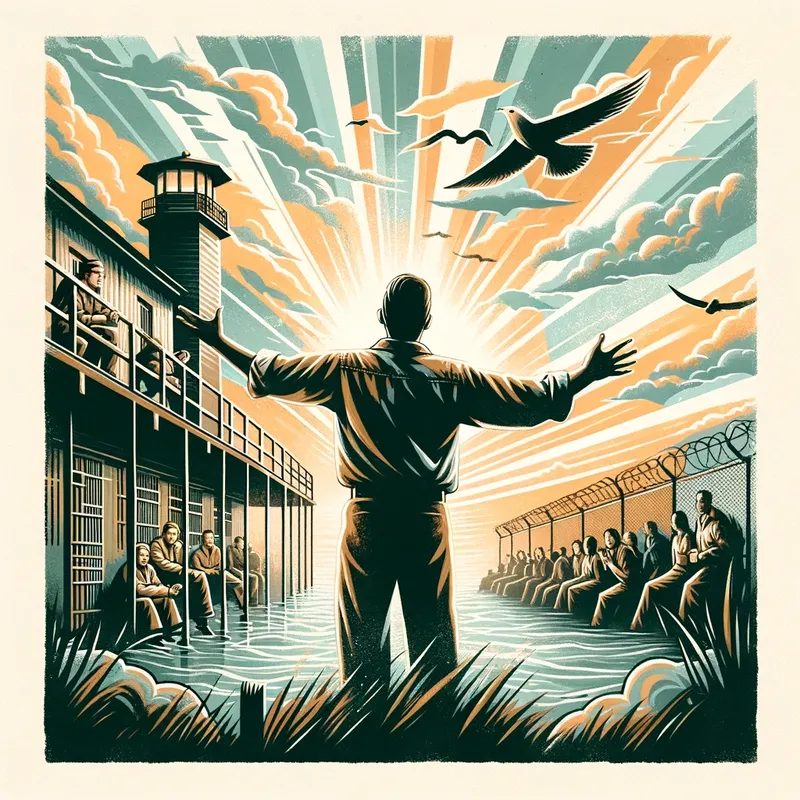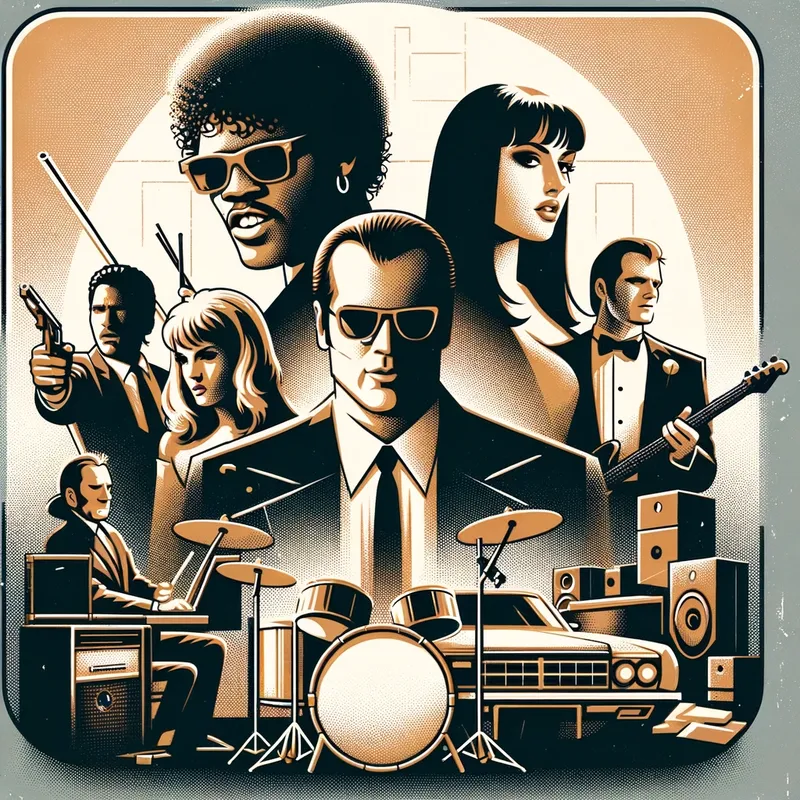Paranormal Activity Soundtrack – All Series (2007-2021)

The series of the films “Paranormal Activity,” spanning from 2007 to 2021, doesn’t rely heavily on music in the traditional sense; instead, it masterfully uses sound to ramp up the tension. It’s not about melodies here; it’s about capturing the essence of the unseen and the terror of the unknown. So, let’s take a trip down this eerie lane, dissecting each haunting note from the series.
Let’s take a trip into the spooky world of the “Paranormal Activity” soundtracks.
Table of Contents
1. Paranormal Activity (2007) Soundtrack
This is where it all began. The first movie was a game-changer, not just in terms of its found footage style but also in how it approached sound.
1.1. Paranormal Cumming
The first track sets the tone for the entire movie. It’s unsettling, eerie, and makes you feel like you’re not alone in the room.
1.2. Up The Stairs
Stairs have always been a source of terror in horror movies, and this track encapsulates that fear perfectly.
1.3. Katie’s Face
This is one of those tracks that plays with your emotions. On one hand, it’s hauntingly beautiful, but on the other, it’s deeply unsettling.
2. Paranormal Activity 2 (2010) Soundtrack
“Paranormal Activity 2” came with a responsibility to outdo its predecessor in terms of scares, and did it deliver! One thing that’s unmistakable about this sequel is how it plays with silence and ambient sounds.
The primary theme of this sequel’s soundtrack is suspense. There’s a noticeable emphasis on ambient noises — the distant barking of a dog, the wind rustling through the trees, and the faint hum of household appliances. These seemingly mundane sounds, when juxtaposed against the tense atmosphere of the film, become sources of dread. The soundtrack often amplifies these noises to an almost unbearable level, making even the simple act of a door creaking sound like the most terrifying thing ever.
As for musical themes, there’s a recurring motif that plays throughout the film. It’s a slow, droning sound, reminiscent of a heartbeat or a distant drum. This sound serves as an auditory cue, signaling to the audience that something is about to happen. It is incredibly effective in creating a sense of unease.
3. Paranormal Activity 3 (2011) Soundtrack
The third installment goes back in time, and with that, brings a slightly different sonic palette. While the emphasis on ambient sounds remains, there’s a more pronounced use of musical elements in this one.
The soundtrack leans into the ’80s setting, using synthesizers and electronic sounds to create a sense of nostalgia. But this isn’t your typical ’80s soundtrack. Every sound is twisted and distorted to fit the horror theme of the movie.
The primary musical theme of “Paranormal Activity 3″ is a distorted lullaby. It plays at key moments in the film, serving as a reminder of the innocence lost. This lullaby becomes progressively more distorted as the film goes on, mirroring the escalating supernatural events.
Another standout feature of this film’s soundtrack is the use of children’s voices. There’s something inherently creepy about hearing children’s laughter or singing in a horror film.
4. Paranormal Activity 4 (2012) Soundtrack
The fourth installment brings us back to the present day and with it, a more modern sound. The soundtrack of “Paranormal Activity 4” is a mix of electronic sounds and ambient noises. The droning motif from the previous films returns, but this time, it’s complemented by digital glitches and electronic distortions.
One of the most noticeable aspects of this film’s soundtrack is the use of silence. Long stretches of the movie have no sound at all, creating a palpable sense of tension. This silence is often broken by sudden, jarring noises, making the audience jump out of their seats.
The primary theme of this film’s soundtrack is digital distortion. Given the film’s reliance on webcams and computer screens, this theme fits perfectly. The digital glitches and distortions serve as a reminder of the ever-present supernatural entity, always watching, always waiting.
5. Paranormal Activity: The Marked Ones (2014) Soundtrack
“Paranormal Activity: The Marked Ones” took a little detour from the main storyline. And with this shift, the soundscape also evolved. Set in a Hispanic community, the soundtrack beautifully incorporates elements of Latino culture.
While the ambient sounds remain a staple — think footsteps echoing in a dark hallway or the soft whisper of a distant conversation — what stands out are the faint traces of traditional Latino music. They’re not loud or in-your-face, but they’re there, subtly reminding you of the setting and adding an extra layer of authenticity to the film.
A particularly eerie motif is a slowed-down version of a traditional Mariachi song. It’s played at key moments in the film, bringing with it a sense of impending doom.
Another notable feature of this installment’s soundtrack is the use of church bells. Their tolling, especially during the night scenes, creates an atmosphere of foreboding. Given the film’s themes of possession and rituals, the bells serve as a constant reminder of the spiritual battle being waged.
6. Paranormal Activity: The Ghost Dimension (2015) Soundtrack
The soundscape of “The Ghost Dimension” is dense, layered with a plethora of sounds.
The recurring motif here is a distorted version of white noise, reminiscent of a radio tuning between stations. It serves as an auditory representation of the “Ghost Dimension”, a space between the living and the dead. This static is interspersed with faint whispers, making you question whether you actually heard something or if it’s just your mind playing tricks on you.
Another standout feature is the use of children’s toys: the sound of a toy winding up, or the soft melody of a music box. These innocent sounds, when placed in a horror setting, become sources of terror.
7. Paranormal Activity: Next Of Kin (2021) Soundtrack
The latest installment in the series, “Next Of Kin”, takes us to an Amish community, and the soundtrack reflects this new setting. There’s a noticeable emphasis on organic sounds — the rustling of leaves, the creaking of wooden floorboards, and the distant sound of farm animals.
The primary musical theme of this film is a haunting rendition of an old Amish hymn. Played on traditional instruments, the hymn is slow and melancholic, creating a sense of unease every time it’s played.
Another interesting feature is the use of silence. Given the Amish community’s aversion to modern technology, the usual electronic distortions are absent. Instead, the film leans into the silence, making the audience hyper-aware of every little sound.


